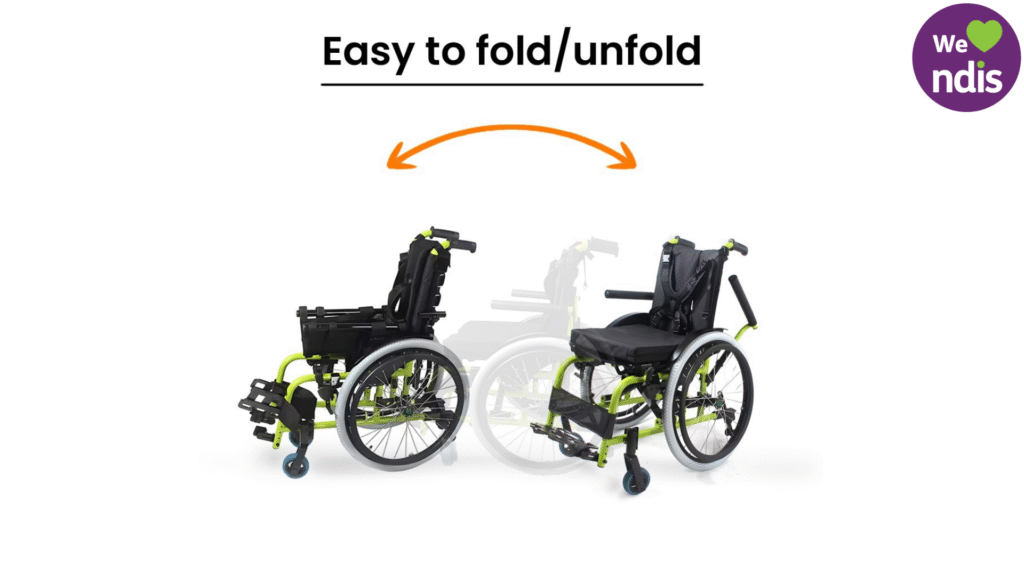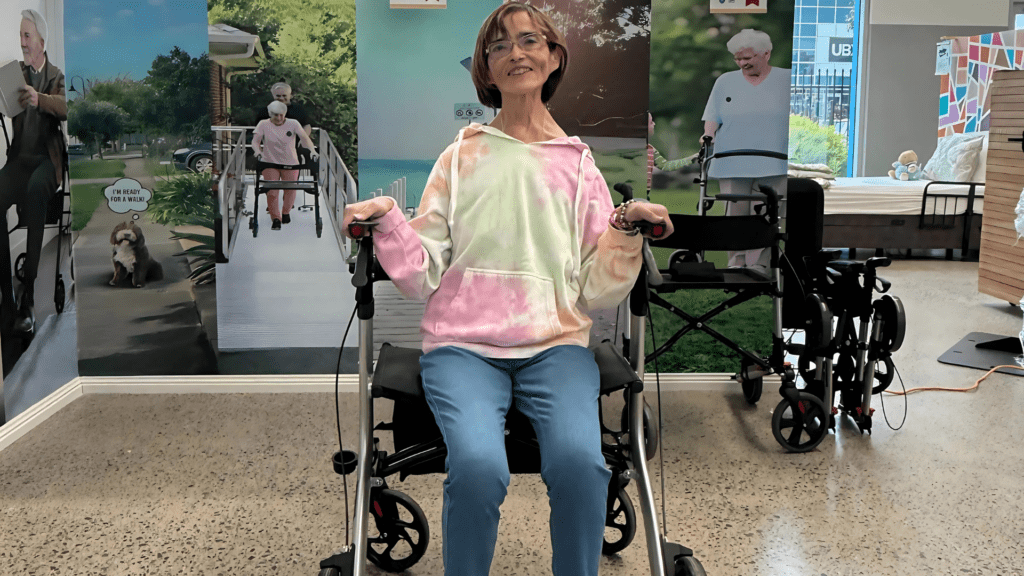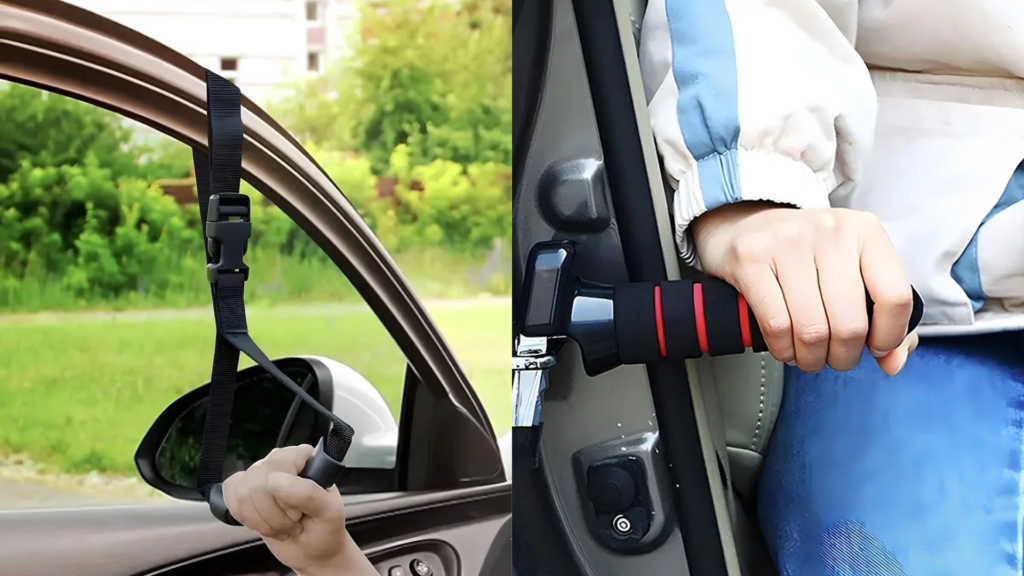As children grow or their medical needs change, their mobility equipment must evolve with them. For families relying on the National Disability Insurance Scheme (NDIS), understanding how to request and justify a paediatric wheelchair upgrade is essential. With the right process, documentation, and professional support, families can secure the assistive technology their child needs for comfort, safety, and independence.
When Is It Time for an Upgrade?
NDIS paediatric wheelchair upgrades are commonly needed in the following situations:
- Outgrowing existing equipment in seat width, depth, or back height
- Changes in postural or medical needs requiring more advanced support (e.g. tilt-in-space, headrests, lateral supports)
- Increased daily usage, such as attending school, outings, or therapy
- Wear and tear of the current device affecting function or safety
Upgrades aren’t about switching brands—they’re about meeting the child’s evolving functional goals. Even adjustable chairs like the Growmate Paediatric Wheelchair may eventually reach their limits, especially as seating needs become more complex.
Explore other adaptive options at CareWithUs Paediatric Wheelchair collection.
What NDIS Requires for Wheelchair Changes
NDIS doesn’t automatically approve upgrades—it must be clinically justified. The scheme requires evidence that:
- The existing wheelchair no longer meets the child’s needs
- The proposed equipment is reasonable and necessary under the plan
- A qualified allied health professional (usually an occupational therapist) has assessed the child
To demonstrate this, families must supply:
- Clinical assessment reports explaining why the old equipment is no longer suitable
- A quote from a registered supplier
- Evidence that the proposed device aligns with the participant’s NDIS goals
For example, if the child’s goal is “to attend school safely and comfortably,” the new wheelchair must be positioned as a tool to achieve that goal.
The Role of OTs and Allied Health Professionals
Occupational therapists (OTs) play a vital role in the approval process. They:
- Assess the child’s posture, mobility, and daily routines
- Match features (like tilt, adjustable headrest, or size changes) to medical needs
- Write detailed reports to support the upgrade application
In complex cases—such as where a child develops scoliosis or muscle tone changes—the OT may also recommend alternate positioning supports or a full reassessment of the seating system.
If you’re unsure where to start, a consultation via the Contact Us page can help connect families with OT partners familiar with paediatric NDIS funding.
Quoting, Trials, and Justification Letters
The NDIS prefers to see:
- At least two quotes (if the item is over $1,500, though this depends on plan type)
- A trial record showing the child has tested the new wheelchair
- A letter of justification outlining how the upgrade meets the child’s current goals
Suppliers like CareWithUs provide in-home or clinical trials and can issue quotes for eligible products directly. You can begin the process via the product enquiry form.
Families working with plan managers or support coordinators should ensure all required documentation is submitted together, to avoid delays.
How CareWithUs Supports the Process
CareWithUs is an NDIS-registered provider with experience in:
- Sizing and custom-fitting NDIS paediatric wheelchairs
- Collaborating with OTs for trials and assessments
- Supplying detailed, accurate quotes for funding applications
Their Growmate model is designed to grow with the child, but they also support upgrades to more advanced solutions when clinical needs arise.
You can view the full product range by visiting the paediatric wheelchair section, or explore assistive tech via the CareWithUs store.
FAQs: NDIS Paediatric Wheelchair Upgrades
Q1: How often can a child receive a wheelchair upgrade through NDIS?
A: There’s no set timeline. Upgrades are approved when equipment becomes unsuitable due to growth or medical changes. Clinical justification is key, regardless of how long the previous item was used.
Q2: Can we request a trial before committing to a new wheelchair?
A: Yes. Most providers offer trials to ensure the chair fits the child’s needs. Trials are also helpful for OTs to confirm the equipment’s suitability in real-life settings.
Q3: Do we need to return the old wheelchair when getting an upgrade?
A: That depends. If the original chair was NDIS-funded and is no longer in use, it may need to be returned or reallocated. Discuss this with your plan manager.
Q4: Who writes the justification report for the new chair?
A: Typically, your child’s occupational therapist will complete the report based on an in-person assessment, clinical observations, and your child’s NDIS goals.
Q5: Can I use the same OT who recommended the first chair?
A: Yes, and it’s often beneficial. An OT familiar with your child’s history can provide better context and continuity in the upgrade request.



